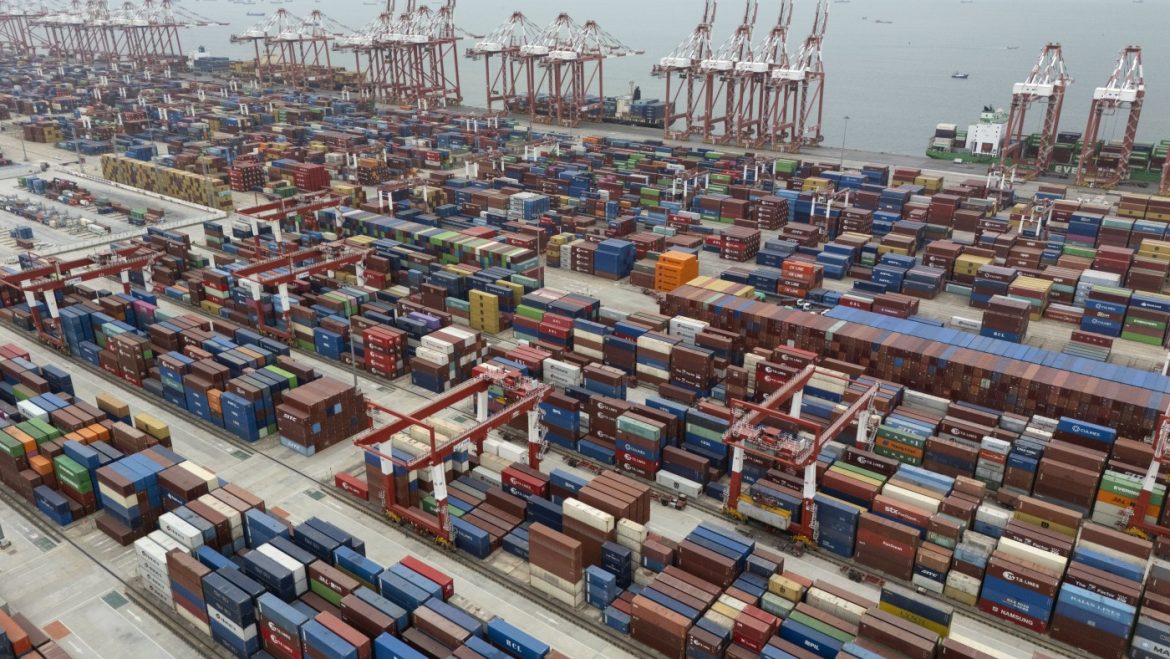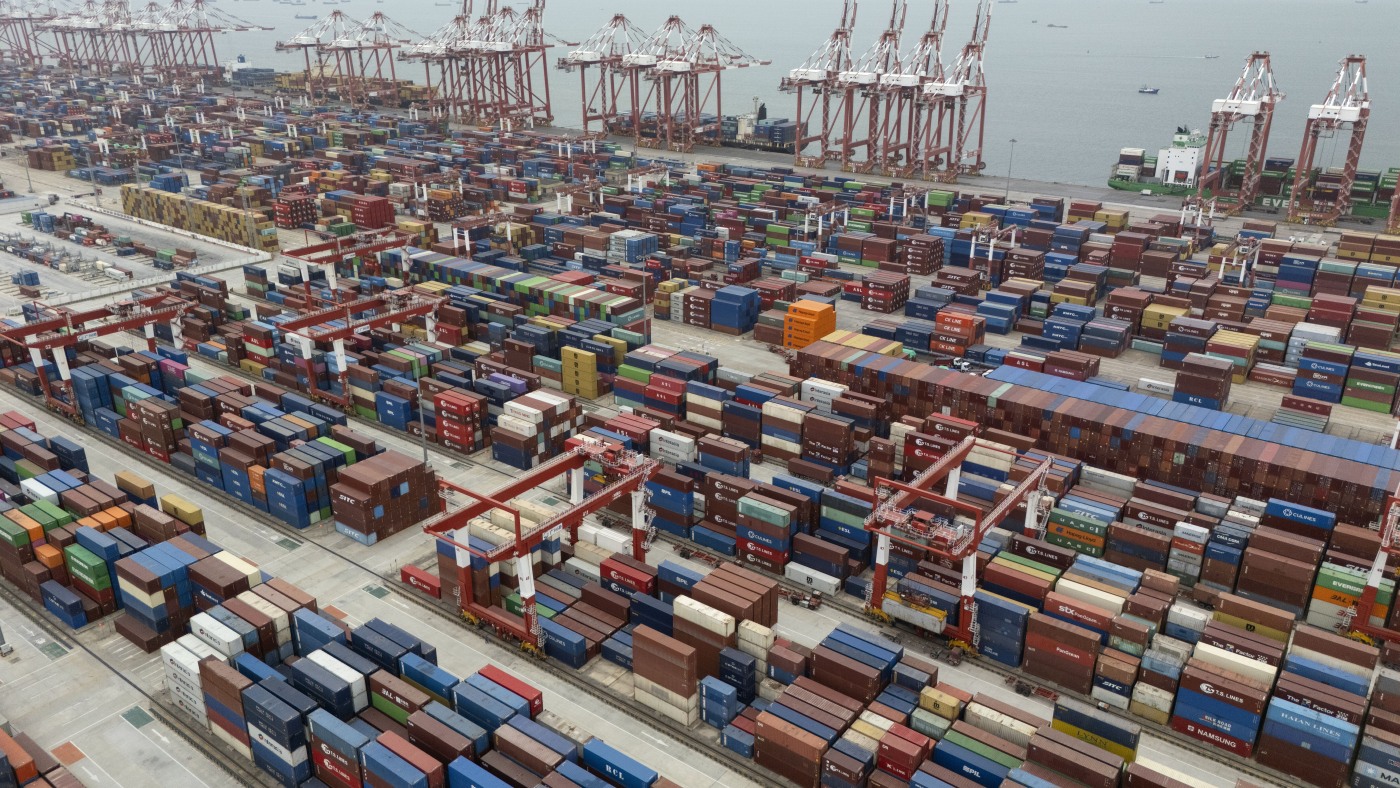The Complex Landscape of U.S.-China Trade Talks
The trade relationship between the United States and China has been a focal point of global economic discussions for years. Recent developments indicate that China is considering U.S. overtures for trade talks, but with a significant condition: the cancellation of tariffs. This stance underscores the intricate and often contentious nature of the trade negotiations between the two economic superpowers.
The Current Tariff Landscape
Chinese imports into the U.S. are currently subject to a crippling 145% tariff. This steep tariff is the result of a series of tit-for-tat increases between Washington and Beijing last month. The escalation has led to a situation where both countries are imposing heavy tariffs on each other’s goods, creating a significant barrier to trade and economic cooperation.
China’s Stance on Trade Talks
China has been clear in its demands: any meaningful trade talks must include the cancellation of all “unilateral” U.S. tariffs. This position was reiterated by China’s Commerce Ministry, which stated that Beijing is evaluating multiple approaches by the Trump administration for trade talks. However, China emphasized that it would regard overtures without a change in President Donald Trump’s sharp tariff hikes as insincere.
This stance is not new. China has consistently called for the abolition of “unilateral” tariff measures as a prerequisite for resolving trade issues. The Chinese government has denied any ongoing negotiations with the U.S., insisting that talks must be conducted with mutual respect and without preconditions.
The U.S. Perspective
On the other side, President Trump has asserted that trade talks with China are underway, despite Beijing’s denials. Trump’s administration has hinted at the possibility of lowering tariffs on imported Chinese goods pending talks with Beijing. However, any action would not be made unilaterally, indicating a willingness to engage in negotiations but with conditions.
The conflicting statements from both sides have added to the global trade confusion. While Trump has expressed optimism about the potential for a reduction in tariffs, Chinese officials have been more cautious, often dismissing U.S. claims as “fake news” or groundless. This discrepancy in communication has made it challenging to gauge the true progress of the trade talks.
The Economic Impact
The trade war between the U.S. and China has had far-reaching economic implications. Financial markets have been volatile, and global economic activity has been cast under a pall. The two largest economies in the world are crucial to the global supply chain, and their trade disputes have ripple effects across various industries.
China’s insistence on tariff cancellation is rooted in its desire to protect its economic interests. The country has vowed countermeasures to safeguard its interests, warning other countries against striking trade deals with the U.S. at its expense. This stance reflects China’s determination to maintain its economic sovereignty and resist what it perceives as unilateral actions by the U.S.
The Path Forward
The path to resolving the U.S.-China trade war is fraught with challenges. Both sides have dug in their heels, making concessions difficult to achieve. However, there are signs that both countries recognize the need for dialogue. China’s evaluation of U.S. overtures and Trump’s willingness to consider lowering tariffs are steps in the right direction.
For meaningful progress to be made, both sides must be willing to compromise. China’s demand for tariff cancellation is a significant hurdle, but it is also a clear indication of its red lines. The U.S., on the other hand, must be prepared to engage in genuine negotiations without preconditions.
Conclusion: A Delicate Balance
The U.S.-China trade talks are at a delicate juncture. While there are overtures for negotiations, the insistence on tariff cancellation by China and the conflicting statements from both sides create a complex landscape. The economic stakes are high, and the global community is watching closely. For a resolution to be achieved, both countries must navigate these challenges with a spirit of mutual respect and a willingness to find common ground. The future of global trade and economic stability hangs in the balance.


